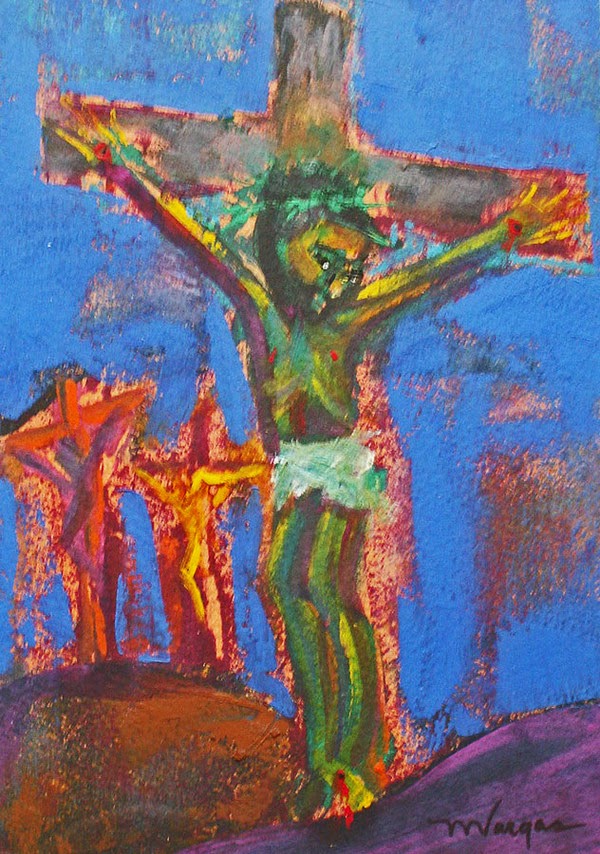 |
| Naomi with her Two Daughters-in-Law-Chagall |
Perhaps no woman is more “immortalized” in the Old Testament than RUTH, a widow and a Moabite who became the daughter-in-law of Rahab. Ruth's story is a beautiful one of loyalty. She is one of the few women in the Bible who have a whole book named after her. Her vow to the mother of her dead husband has become a classic quote, often used in weddings to indicate the bride's and/or groom's intentions of loyalty.
 |
| Ruth Gleaning- Chagall |
We then see Ruth gleaning in the fields of Naomi’s relative Boaz. Boaz out of compassion and obedience to the law allows Ruth to glean but also leaves extra grain for her purposely. Shrewdly, Naomi advised the young woman how to catch her man. Ruth approached Boaz during the night, at the threshing floor. The next morning, Ruth suggested that they marry, reminding Boaz of his obligation to her as her nearest male kin. Boaz promised to do all he could. Ruth's loyalty was rewarded and she became his wife. She had a son called Obed, and Naomi cared for the child, who would grow up to be the grandfather of King David.
 |
| Ruth at the Feet of Boaz- Chagall |
Ruth's loyalty to Naomi, led to a faith in and loyalty to the God of the Jews. In the tradition of her new mother-in-law, Rahab, Ruth became a part of the lineage of Jesus because of her faith.
Even Ruth, a foreigner from the despised Moabites, could move God's plan towards fulfillment. Its purpose was to demonstrate the kind of love, and faithfulness that God desires for us. It shows the difference between what happens when a nation does not follow in obedience to the covenant of God (Judges), and when God’s people follow in faithfulness within the covenant (Ruth).
Ruth Thomas Hood (1799–1845)
She stood breast high amid the corn,
Clasped by the golden light of morn,
Like the sweetheart of the sun,
Who many a glowing kiss had won.
On her cheek an autumn flush,
Deeply ripened;—such a blush
In the midst of brown was born,
Like red poppies grown with corn.
Round her eyes her tresses fell,
Which were blackest none could tell,
But long lashes veiled a light,
That had else been all too bright.
 |
| Ruth & Boaz- Chagall |
Made her tressy forehead dim;—
Thus she stood amid the stooks,
Praising God with sweetest looks:—
Sure, I said, heaven did not mean,
Where I reap thou shouldst but glean,
Lay thy sheaf adown and come,
Share my harvest and my home.













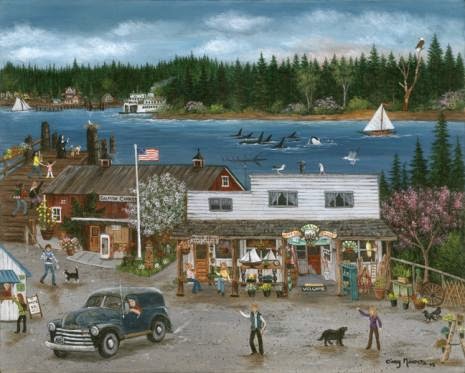




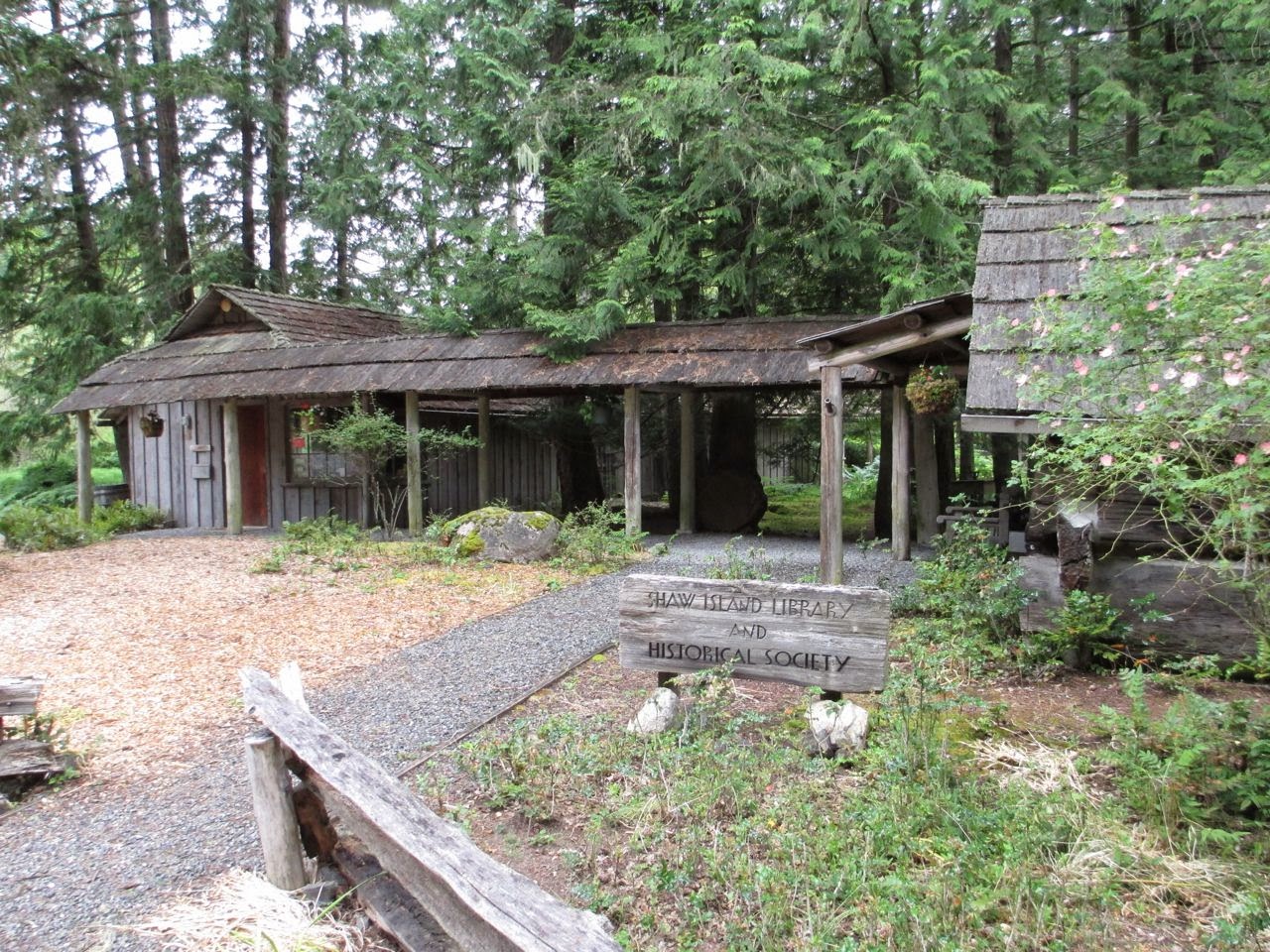
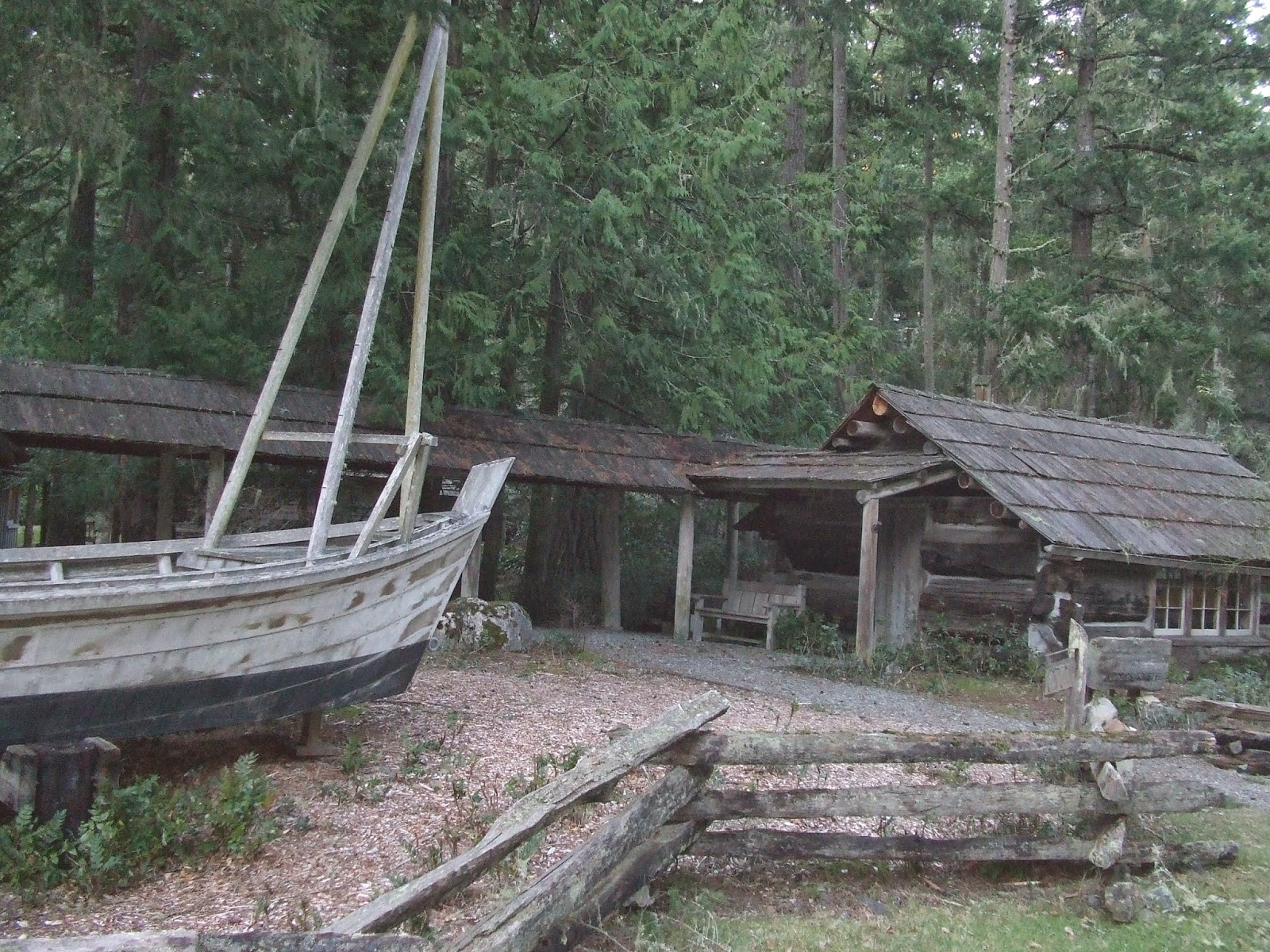































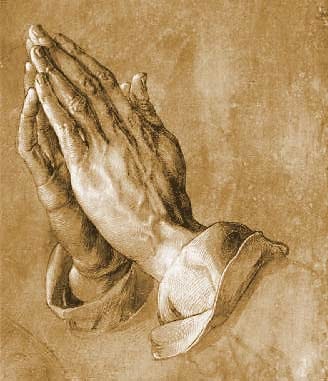





%2Bjose%2Bignacio%2Bfletes.jpg)

